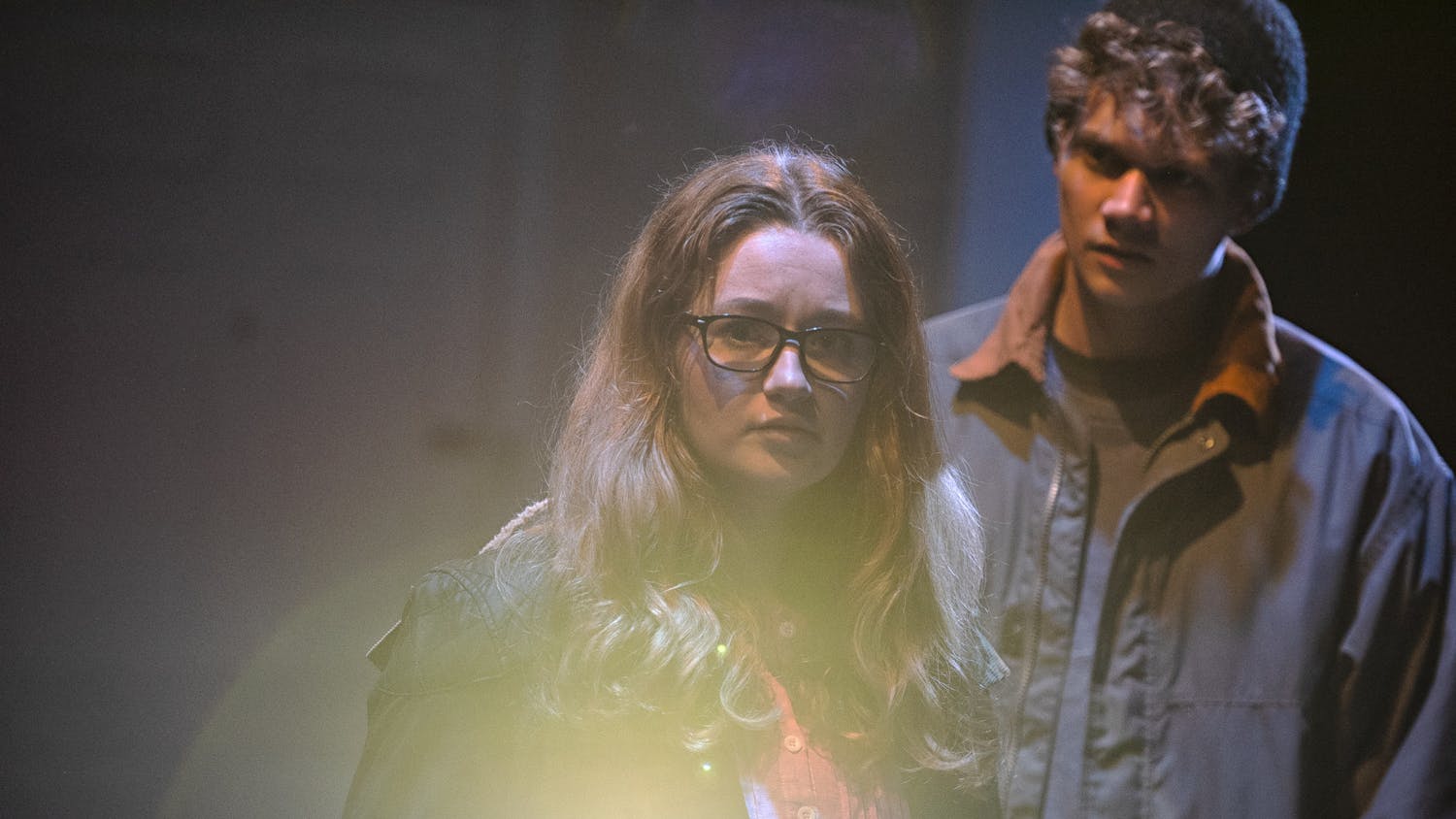As the 2013 Middlebury Solar Decathlon team continues its construction on the InSite house in Ridgeline parking lot, the “Solar D Update” presents the second half of its preview of October’s competition with a look at the next five contests that comprise the 10-event decathlon. Last month, past and current team members weighed in on the event’s first five contests: Architecture, Market Appeal, Engineering, Communications and Affordability. This week, team members round out the discussion of how they think InSite will fare in Irvine, Calif.
Comfort Zone – Teams must control the temperature and humidity of the house at acceptable levels during the decathlon. Full points are awarded if the house temperature stays between 71-76 degrees while humidity stays below 60 percent.
Hot Water – Here, the teams must undergo several “draw periods” in which they have 10 minutes to produce 15 gallons of water that stay at an average of 110 degrees to receive full points.
Joseph Mutter’s ’15 take: “The system(s) supplying hot water for the competition is fairly simple: we will be using a 40 A.O. Smith Gallon Electric Water Tank in combination with an ECO 11 Tankless Water Heater. The process for deciding what our hot water system would look like came down to how we wanted to pitch one of our “five points of InSiteful Architecture,” which is “Centralize Energy Systems.” We want our hot water to be produced as quickly and as effectively as possible, especially when we are at the competition where we are being measured on how responsive our system is to produce water at 110 degrees fahrenheit within 10 minutes. Ari Latanzzi ’13 and Isaac Baker ’14 have been heading the research behind the hot water and water systems, and have been working with electrical engineers and specialists in developing a system that is specific to our needs and wants. This is necessary because the solar panels on our solar pathway will be providing all of the energy for our home, thus forcing us to be finicky with the selection. With our system we not only focus on the performance aspect, but the affordability and availability for all that will learn about it during the competition.”
Ari Latanzzi’s ’13 take: “For the competition, we have to draw 15 gallons of water from our shower in 10 minutes, at an average temperature above 110 degrees Fahrenheit. We can have up to three consecutive draws, and we might have to run the dishwasher simultaneously. These are the two tasks that require hot water, so we had to design a system that would satisfy the demands of the hot water draws and dishwasher tasks. We originally planned to heat our water with solar flat plate collectors that would heat glycol, which would then run through coils in a tank and transfer the heat to the water. However, several studies revealed that it is more efficient and cost-effective, especially in northern climates, to heat water with photovoltaic electricity. Also, we were having difficulty placing the collectors around the house based on shadowing and the constraints of the solar envelope. We looked at several different products (electric resistance water heater tanks, water tanks with heat pumps and tankless electric water heaters) and spoke with several engineers before deciding upon an innovative solution that saves space, energy and money. The 40 gallon AO Smith Conservationist hot water tank works to keep its contents at a constant temperature (at about 140 degrees Fahrenheit to discourage bacterial growth), but if the tank is being drained faster than it can heat water, the outgoing water will run through an EcoSmart ECO 11 tankless water heater which will raise the temperature as much as needed to maintain a constant incoming temperature of 140 degrees when it reaches the water mixer.
It is our plan to drain the water tank in the summer and only use the tankless water heater on demand, which will encourage more responsible energy and water consumption.”
Appliances – Teams must run a clothes washer and dryer, dishwasher, freezer and refrigerator all to specific levels of efficiency.
Mutter’s take: “We are using a Bosch condensing dryer that runs on electricity. Typical dryers require an exhaust vent for heat to be released out of the system, but since we are using a penalization design method, in addition to our tight thermal envelope, we wanted to keep the energy demands and productions as centralized as possible. We did not want to make any thermal breaks in the floor panels that would disrupt the thermal performance and structural integrity. The appliances that we are using will be monitored for their energy consumption and offsets through the Building Management System (BMS) interface, which is currently being developed by Noah Bakker ’15 and Brendan Scully ’13. These appliances can and will be controlled by the BMS and will be able to communicate essential information to the inhabitants about what needs more attention through elaborately detailed updates. During the selection process of the appliances, I worked alongside Ellie Krause ’14, design lead, to identify what fit and, more importantly, complemented the aesthetics of the interior. We researched non-energy intensive appliances that reduce the energy consumption load of the house, which equates to less stress on the solar panel system.”
Home Entertainment – This contest includes an array of requirements, including interior lighting, cooking performance, home electronics (TV and computer) and hosting a dinner party and movie night for other teams at the decathlon.
Latanzzi’s take: “The home entertainment contest is important to demonstrate the livability and functionality of our home and also to provide a forum for engaging with decathletes from other teams. We believe that the design of our integrated public space will enhance the social aspects of these home entertainment events by allowing interactions between the kitchen and living and dining areas. The open floor plan allows for more freedom of movement and congregations of comfortable groups.”
Energy Balance – Perhaps one of the more significant event of the competition, the teams must produce as much energy during the competition (through solar panels on the house) as they consume from the electrical grid.
Lattanzi’s take: “We need to produce more photovoltaic energy than our home consumes during the course of the competition. In order to accurately size our solar array, we worked with Karen Walkerman of Second Law in Burlington to develop a digital energy model that reflects the insulation, ventilation, and appliances of the house, along with the projected energy consumption related to the Irvine climate and contest demands. Our most accurate model projected that we would consume 699kWh (kilowatt hours) if the competition were a month long, so I used the online tool PVWatts to determine how many solar panels would produce enough energy to exceed this consumption. Our 26 Lumos LSX 240 Watt panels (6.24 kW array) should produce around 740kWh.”
Solar D preview: Part 2
Comments



